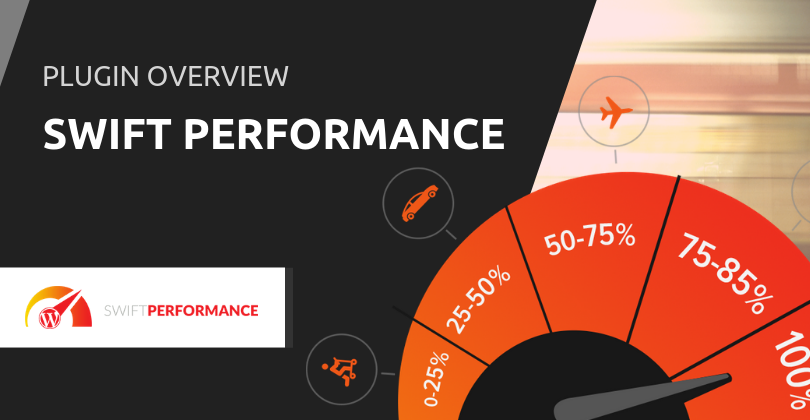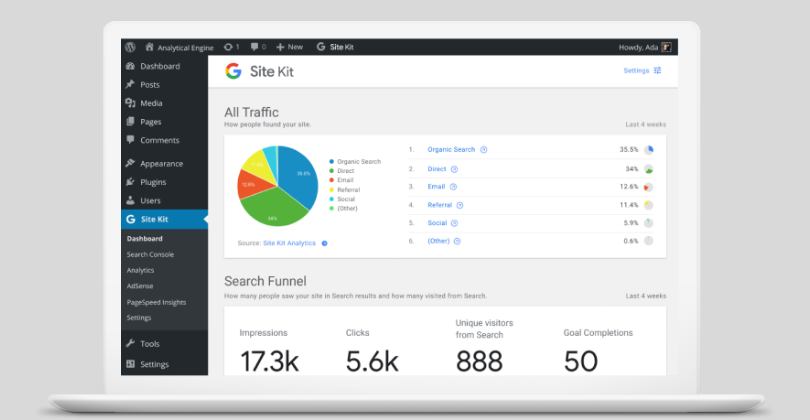Becoming an online magazine publisher may not be as difficult as it sounds…
Are you ready to get set up as an online magazine publisher? This is often the next step after you’ve started to gain some traction on your blog.
Online magazines not only look more attractive than the classic blog, they have other advantages such as giving you a professional appearance, or even improving your credibility with visitors. It’s even a way to help you transition from a hobby blog to a full-blown side-gig.
Fortunately, with WordPress it’s not too difficult to set up your online magazine, besides the fact that you need a lot of content, of course! Here’s how you can set yourself up as an online magazine publisher:
[content_upgrade cu_id=”13798″]Get our checklist here for devising your own editorial guidelines[content_upgrade_button]Click Here[/content_upgrade_button][/content_upgrade]
What you need from WordPress
Firstly, if you’re running a WordPress website, it’s important that you choose the right theme to serve your magazine-publishing goals. You’ll find that there are many magazine themes available, just ensure that you choose something that’s going to be reliable for you. That means choosing a well-reviewed theme that is regularly updated by a reputable publisher.
One quick “hack” is that you can easily look at an online magazine website that you like and figure out the theme and plugins that they are using. A free tool such as “What WordPress Theme is That?” can be used for this. You simply put the URL of the website into the search bar and wait for it to analyse and report.
Secondly, you need to make sure that your web hosting will be up to the task of supporting much more content, and potentially a lot more visitors. Find out what you’re really getting when you buy WordPress hosting here.
Thirdly, you’ll need to have the right plugins in place to support the activities you need your website to perform. We’ll look at some essentials in the next section.

4 “must-have” WordPress plugins
Obviously the library of WordPress plugins is extremely vast and you could add anything that you like. We suggest keeping plugins to a bare minimum, and ensuring that they are reliable and cleanly coded. This helps to keep your website speed within an acceptable range.
Here are some that we consider must-haves for an online magazine:
- Social media sharing. You’ve got to make it easy for people to share your content as this helps you to build your audience. A good social sharing plugin such as Sassy Social Share is a must.
- Growing your subscriber list. If you’re going to make a business out of your website, it’s essential that you’re able to capture leads and communicate with them. One of our favourites is Jackmail, a WordPress plugin that not only allows you to collect subscribers, but to send out good-looking newsletters too.
- Ad banner management. Most magazine sites monetise by at least having a few banner ads. The best strategy is to ensure you’re only advertising things that are relevant to the market for your magazine. A plugin such as Advanced Ads helps you to manage what ads you are displaying and how they display.
- SEO. Search Engine Optimisation is essential if your website is to be found in searches. There are a number of different strategies to optimise your site, so having a plugin to help you keep track is very useful. Something like Yoast helps by analysing each piece of content you put up against a checklist of SEO requirements.
[tweetshare tweet=”Must-haves for your online magazine: easy to share, email capture, ad management and SEO” username=”wphosting”]
Content production
One of the key differences between a magazine site and a regular blog is the scale and velocity of content production. This means that you need to have a good system in place for producing the content. Here are some key steps:
Setting editorial guidelines
We would put setting your editorial guidelines as a first step because clearly defining what they are will help you in the next two steps. Editorial guidelines set the “rules” for your content, outlining your standards for performance.
Why is this so important as a first step? Well, when you’re sourcing content from outside, there’s a good chance you’ll end up with stories you can’t publish if you haven’t been clear about guidelines. You can end up having to pay out money in “kill fees” because you weren’t specific in the first place. This can also be a huge waste of time!
Finding writers
The chances are, if you’re ramping up production to service a magazine, there’s no way you can do it all yourself! This means you need to find writers who can help.
Fortunately, there are a lot of options open to you. There are freelance writers who work from anywhere in the world, there are also subject matter experts who may be happy to contribute an article in return for a byline and link to their own website or service.
Finding the right combination of writers can take a bit of trial and error. To help narrow down the field, you should always look to their portfolio of previous work – check to see if they’ve written in your field before and the quality of the work. Of course, there’s also a large degree of “you get what you pay for;” good writers will charge higher rates for their craft, while there are those who charge a low rate, but don’t provide the quality.
Places to look for writers include:
- ProBlogger
- Contently
- Upwork
- Google search for freelance writers in your area.
Creating an editorial calendar
Thirdly, any magazine (or blog, for that matter) needs to have a regular publishing schedule in order to gain engagement and be successful. An editorial calendar provides the organisation that you need to keep things on track.
There are a lot of possible ways to create a calendar, according to your own preferences. Some people like to use a kanban tool such as Trello, some use spreadsheets, and others use special editorial calendar tools.
WordPress has some editorial calendar plugins available, if you’d like to manage content from your dashboard. Look at plugins such as Editorial Calendar.
Content distribution
You’ve got to have a plan to ensure that your content gets out as widely as possible. While you may get organic traffic through your SEO efforts, successful online magazines use a combination of methods to draw in their readership.
A few ideas include:
- Social media – Set up regular posting to share content across your social media channels. It’s helpful if you keep this on a schedule too – tools such as Hootsuite or Buffer are useful for managing your accounts.
- Guest posting – This is where you look for opportunities to get published or quoted on other blogs. A tool such as Sourcebottle can help connect you with the right people.
- Paid advertising – You have multiple options for paid advertising. Besides Facebook or other social media advertising, you could choose a content distribution service such as Outbrain or Taboola to share your content more widely.
Monetising
How will you make money from your online magazine? The traditional way for publications to make money is through advertising, which you certainly can do online. Banner ads or advertorials are two examples.
Alternatively, You could share affiliate links. These work by paying you every time a sale is made through someone clicking on your link. There are programs you can join, such as Amazon Affiliates to find those opportunities.
Of course you might also sell something you create. For example, perhaps you package content into eBooks or courses, you might offer consulting, or you might design and sell attractive merchandise. Whatever you decide, there are plenty of ways you can be making money from your magazine.
Example: Point Hacks
A client of ours, Point Hacks is an excellent example of a magazine site done right. Their simple recipe of creating quality content that people want and then sharing it widely has been working well for them.
If you take a look at their website, you’ll identify a few ways that they monetise. There are banner ads, offers and affiliate links. What really stands out though is the high quality of the content that they offer. They have destination guides, tools and calculators, and even a section where people can ask questions. They’ve evolved and grown what they offer over time, but always with a foundation of excellent content.
[content_upgrade cu_id=”13798″]Devise your own editorial guidelines – get our checklist here[content_upgrade_button]Click Here[/content_upgrade_button][/content_upgrade]
Conclusion
An online magazine is a great way to become known for offering quality information and drawing in an audience. You can start out very simply with the steps outlined here, then add to what you offer over time, as Point Hacks has done.
We recommend that you don’t over-complicate your technology and processes, but start out simply. You should focus on high- quality content, but also on a schedule and volume that encourages frequent readership.
From day one, consider the longtail. Ensure you have a way to capture subscribers, stay in contact and grow your base.





